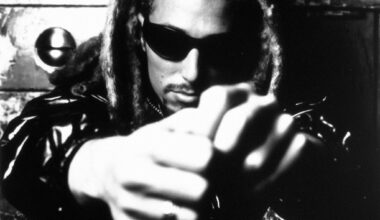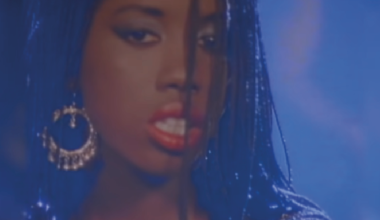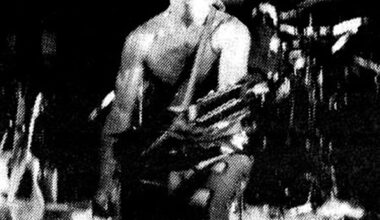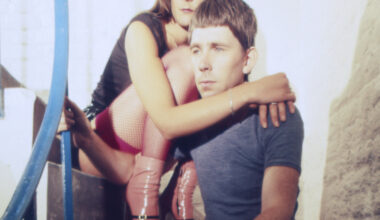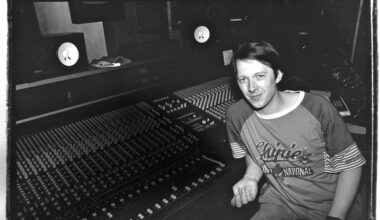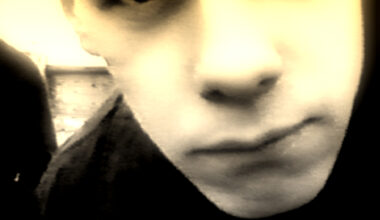With punk riding high, who knew a mix of Victorian sci-fi, disco and prog would have such an impact? Jeff Wayne on ‘The War Of The Worlds’ and the making of opening track ‘The Eve of the War’
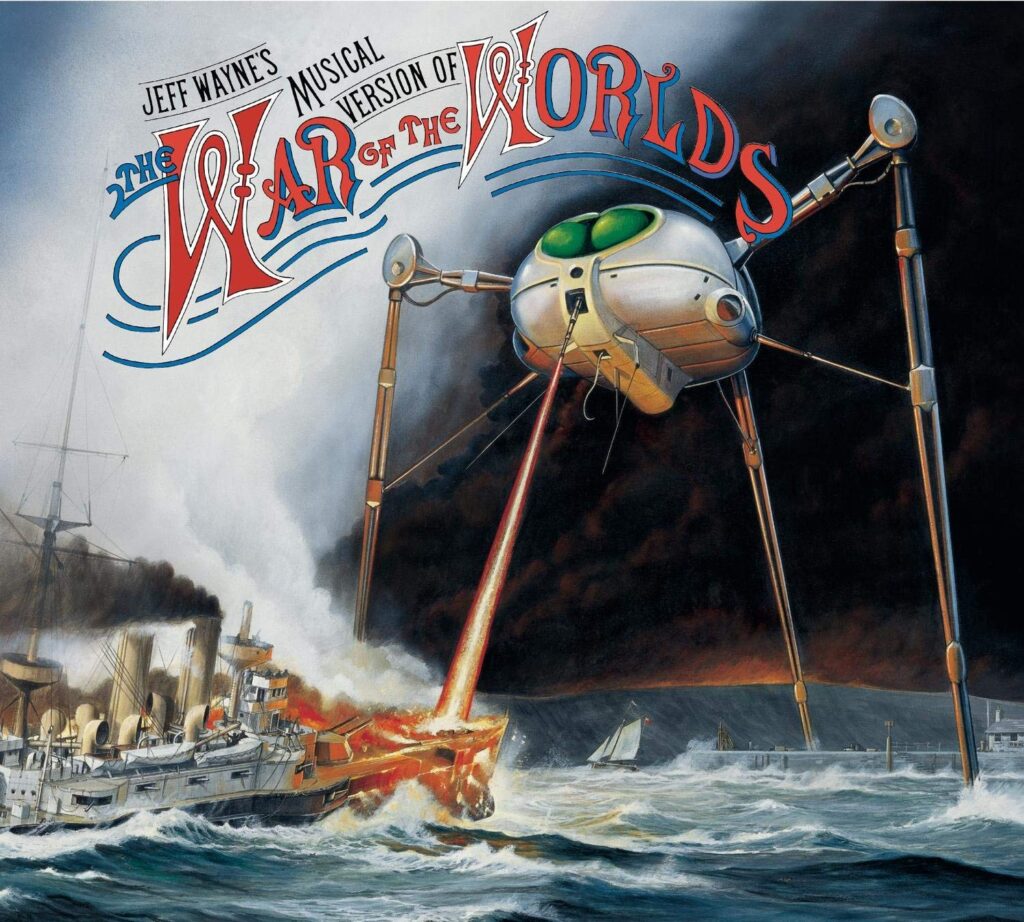
“For a decade before ‘The War Of The Worlds’ I’d been working as a composer/arranger/producer and would sometimes go out on the road with artists I was working with as the musical director and play keyboards. I’d composed over 3,000 theme tunes, jingles and film scores; in 1968 I did my very first commercial for the British Cheese Board. I’ve moved in many directions musically, was trained classically, then went into studying jazz. I composed all the idents for LBC radio, and the original ‘Good Morning Britain’ theme.
“When electronic music hit, I was one of the first musicians in the UK to use synthesisers. I went to a demonstration by Robert Moog when he came to the UK in 1968. The Moog IIIc was a ground-breaking synth that looked like an old-fashioned telephone exchange switchboard. I bought one and Dr Moog came to my home studio to help install it. I remember it vividly; here’s the genius who was changing the way music was going to be produced and he was on my floor trying to figure out what the green wire of a UK plug was for.
“During the mid-70s, I signed David Essex to my fledgling label, Ollie Recordings, and we had a great run together where I was producing and arranging his songs. Then I went out with him on the road for a couple of years. Because of that success, my composing work started to diminish. My dad [US theatre actor Jerry Wayne] kept reminding me, ‘I know you’re having a great time, but as a composer you should set your heart on a story that you fall in love that you can interpret as a musical work’.
We started reading ‘Twenty Thousand Leagues Under The Sea’, ‘Brave New World’, ‘The Day Of The Triffids’, and some non science-fiction too. One night when I was on tour with David, Dad came over to wish me luck and handed me HG Wells’ ‘The War Of The Worlds’. It was about 150 pages long. I read it very quickly in hotel rooms on the road and it was the first book that immediately inspired musical ideas.
“When I finished the tour I traced the right’s owner. It turned out it was HG’s son, Frank. My dad and I became a partnership and presented ourselves to Frank’s agent, explaining that we were interested in interpreting his dad’s story, but very much in the way he wrote it – as a dark, Victorian tale that was having a bit of a pop at the Empire. It hadn’t been done like that before; others such as Orson Welles had modernised it. Frank was convinced and sold us the music rights – he particularly liked the father and son team, it was like him and his dad.
“I had the benefit of a good, long-term relationship with Columbia Records and, when I pitched them the idea, I was offered a contract by Dick Asher, the VP of International, to the tune of £35,000. It took me six weeks to compose the first draft of the score, but by that point I knew I wanted it to have guest artists and expansive visuals… and it was not going to fit on a single disc. I went back to Columbia and they doubled the budget. Then eventually we signed Richard Burton as “The Journalist”, the only non-singing role, and the label contributed to his fee.
“The book was originally written as an episodic adventure for a magazine called Pearson’s. A chapter was published per issue and to excite the reader enough to buy the next issue, ‘The Eve Of The War’ was the first chapter. It read like an overture, not much happened but it introduced the theme and got you to the water’s edge to try and find out more.
“We had a month creating the backing track with a band of very special musicians, the likes of Herbie Flowers and Chris Spedding. I had a collaborator called Ken Freeman who I used to call Prof because he was so brilliant at electronic engineering. They all got a feel quite quickly for what we were doing. Prof played on most of the synthesisers and I did on all the other keyboards. Then there was a 48-piece symphonic string orchestra, and lots of overdubs with guitars and synthesisers. We made a synth that sounded like pan pipes and the recording method increased from 24 to 48 tracks… when the link that connected two 24 tracks was working, ha ha.
“I would write out the band parts, but in synthesiser terms sound settings didn’t exist yet. I had to describe the sound to Ken – such as, ‘I need the sound of bubbles’ and he’d go, ‘Okay’ and translate using oscillators and so on. On ‘The Eve Of the War’ it ends with the ‘We-oo’ lick that he designed. This was an era with no memory storage so we had to build each sound every time we used it. Even when it was built, staying in tune was a problem, the oscillators would drift into space. You had to be rather patient. Part way through, the Yamaha CS-80 was released. It was game-changing; a multi-timbral synth against the monophonic ones we’d used. It could play chords and effects and it had a touch-sensitive ribbon controller… it made life a lot easier and gave me a wider berth of a soundscape.
“By the time I completed the record, it cost £240,000. That came from my life savings. Perhaps the dumbest thing I ever did was not read the small print on my contract: Columbia didn’t have to release the record when it was finished, but they did, and it had some success! My wife Doreen and I were able to keep our house and carry on.
“I would’ve been happy for the album to appear in the chart for a week then drop out. I couldn’t have predicted ‘The Eve Of The War’ being a hit, or ‘Forever Autumn’. The album spent 330 weeks in the album chart, has spawned 300 remixes and been used for gaming, events, arena shows… I hoped to grab the listener’s attention and keep them with us. Well, that happened! It must be on its third generation of popularity by now.”
